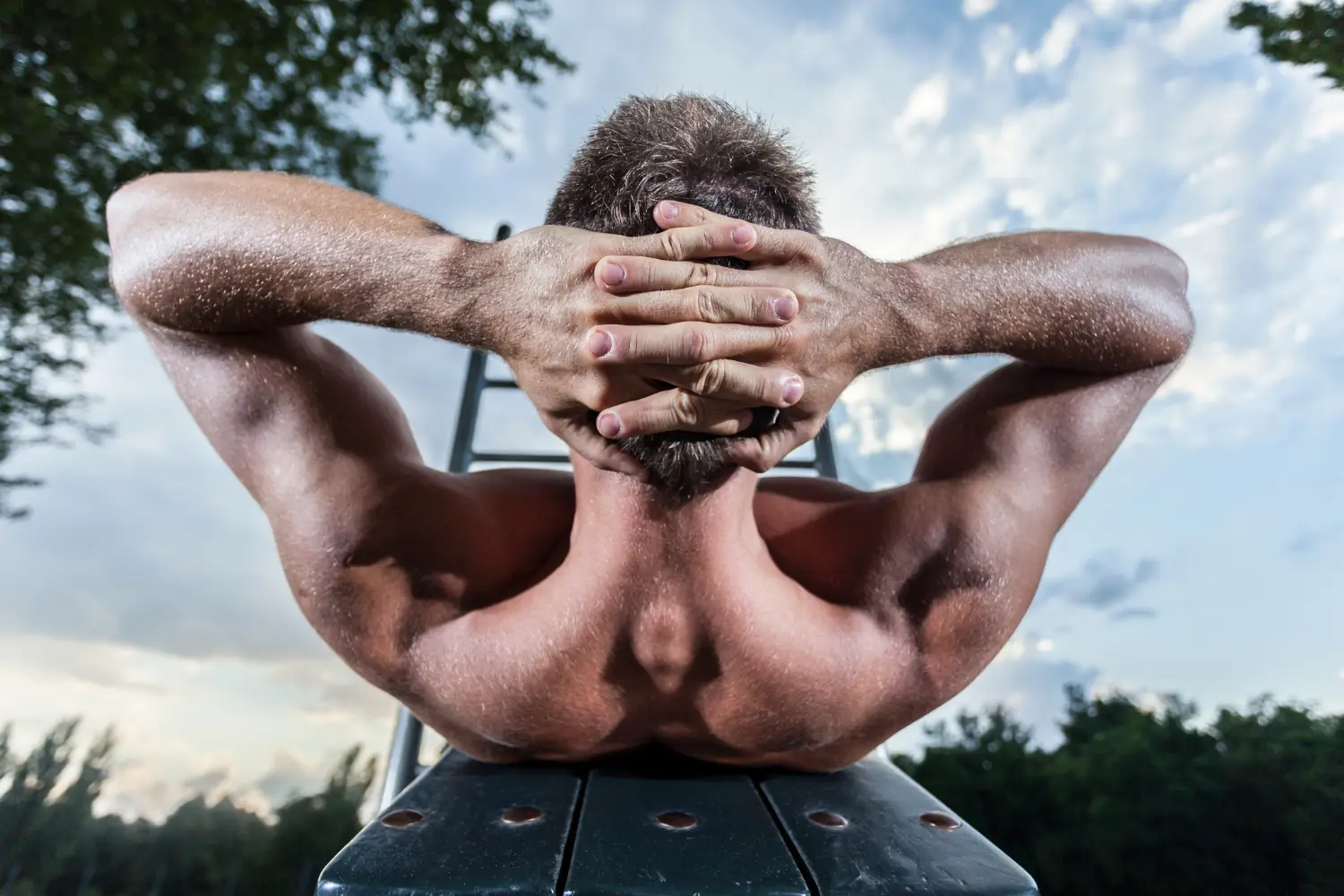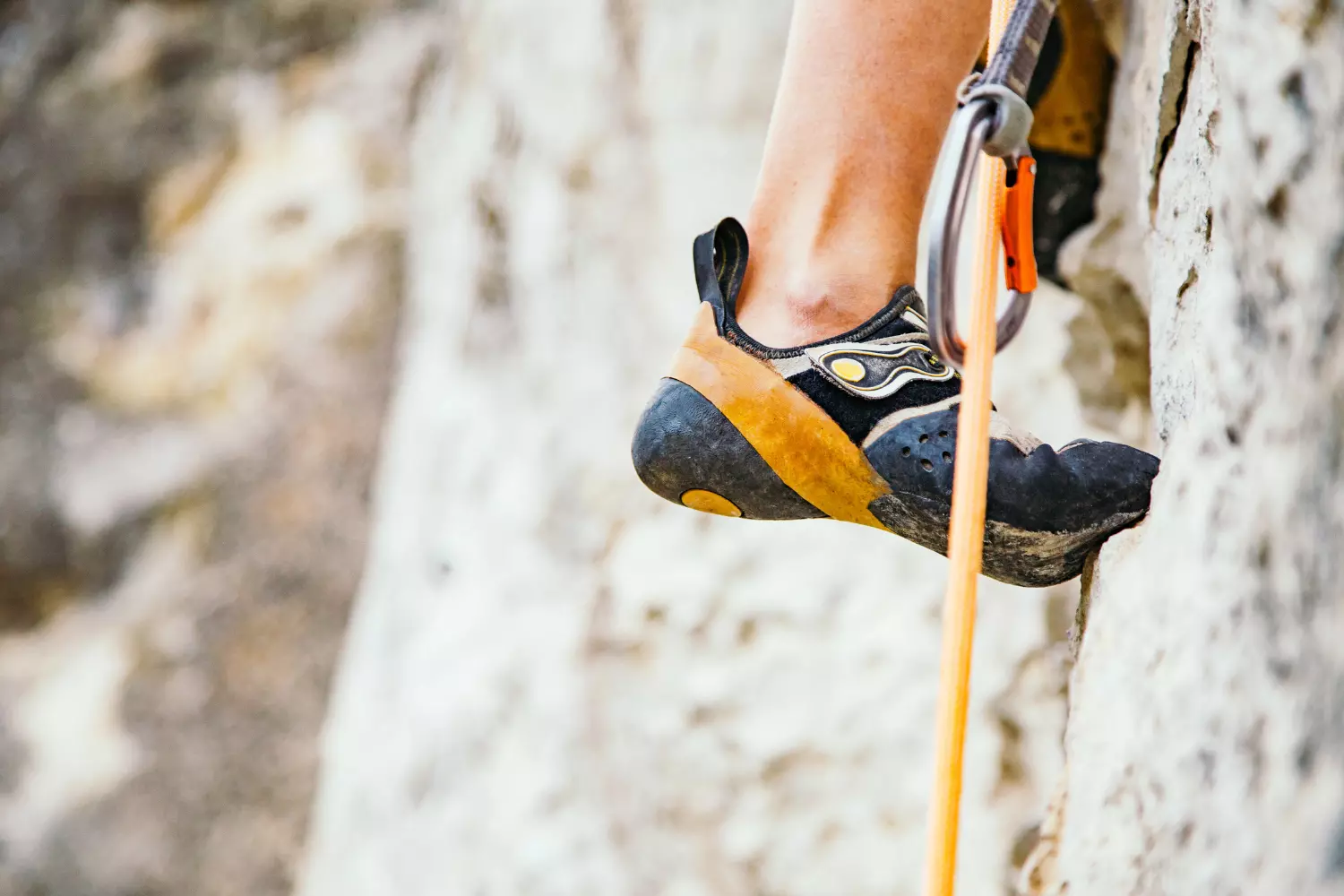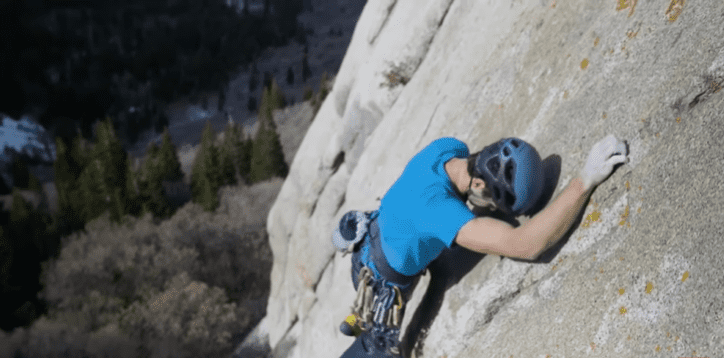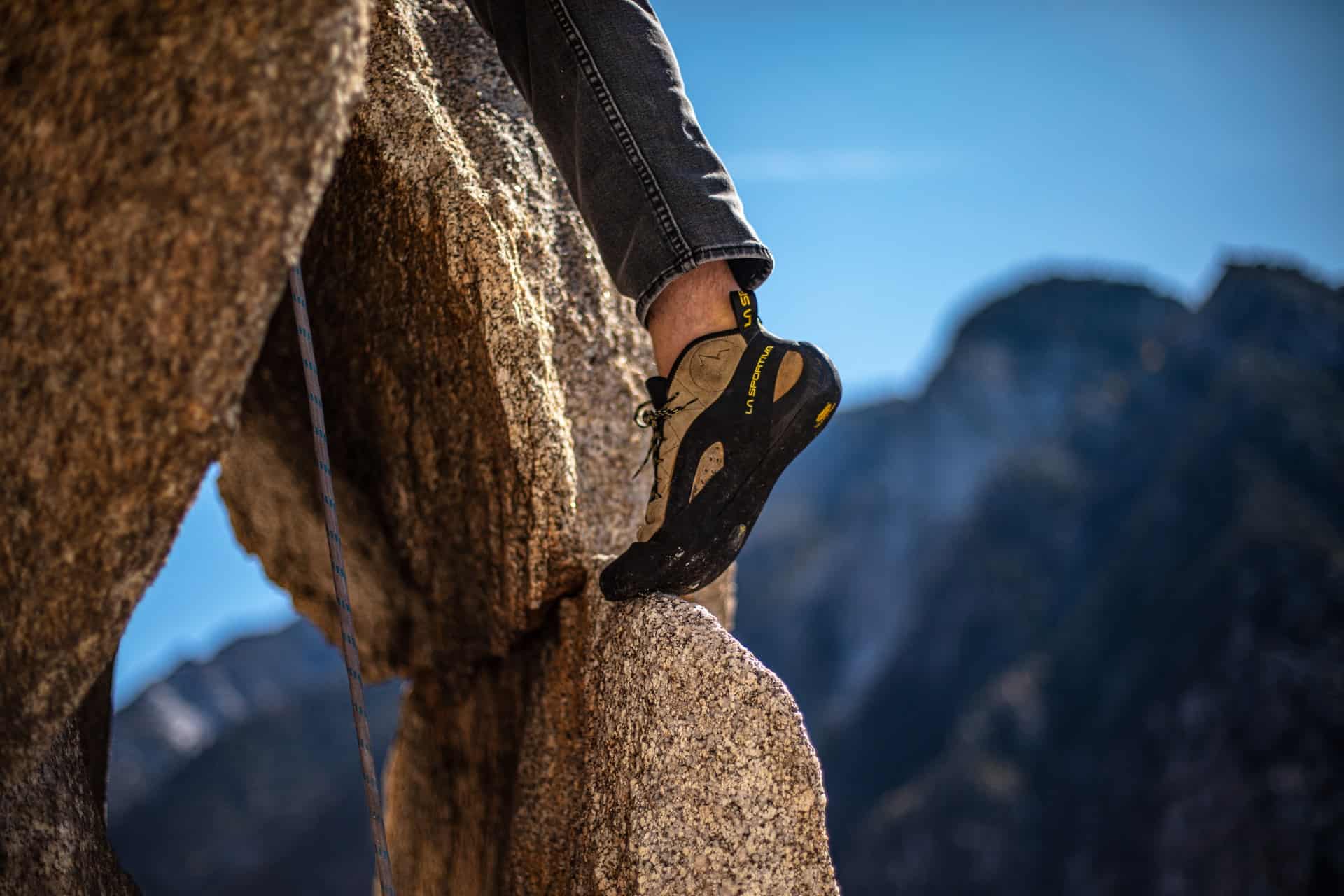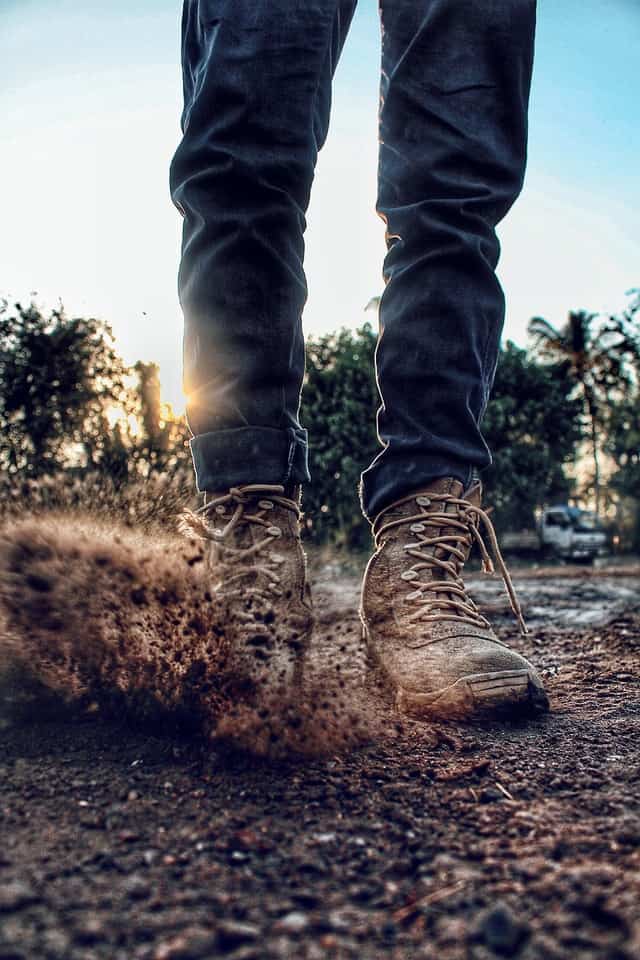When choosing the material of your equipment, surely buying the climbing harness is one of the least problematic. However, it does not hurt to know the different harness options offered by the market in order to buy the best harness for your goals, whether it is sports, classic, traditional, ice climbing, or via Ferrata.
When choosing a harness, you can be sure that if you buy the product from a good brand, the least you have to worry about will be safety. However, since it is an object that you will hang on for many hours for a few years, it is best to choose the best option that suits your budget and goals.
ORIGIN OF THE FIRST CLIMBING HARNESS
The first climbing harness was designed in the mid-1960s. It consisted of adding leg loops to the Swami belt, which was very popular in the United States.
It was an invention after other materials such as carabiners, crampons, ropes, and helmets. Before its appearance, climbers and mountaineers tied directly to the body.
Luckily for you, those times are over and you can now fly safely on your project, belay without pain or simply hang to rest while trying out a route.
CLIMBING HARNESS: PARTS
These are the different parts that make up a climbing harness:
LUMBAR BELT
It is the belt that you tie around your waist, the main part of the harness. A large percentage of weight, ergonomics, and comfort will depend on it. It should provide a balance between comfort and lightness. It is the core of the product, from which the rest of the peripheral items arise.
While for sport climbing you will prioritize lightness, doing via ferratas or big walls comfort will gain importance.
There are different sizes; but, in addition, it has buckles that allow it to be adjusted precisely to your measurements.
BUCKLES
In the old days, harnesses were made with buckles in which you had to put the fabric strap back. In some models, “danger” was written on the buckle so you wouldn’t forget.
Current models have self-locking buckles, with which this risk disappears. Some have one on each side to facilitate a centered fit.
Certain models have buckles on the legs and on their elastics to provide a more precise and adaptable fit to the weather and clothing. As you will see below, its functionality will depend, above all, on the style of climbing you have in mind to perform.
MATERIALS HOLDER
They are wide rings, located on the sides and at the back of the belt. They are intended for the transport of climbing materials and not for hanging or securing. They are not prepared to support a large amount of weight.
The number of gear loops will depend on the model and the type of climbing for which it is designed. From competition harnesses, which do not need equipment carriers, to classic climbing and big wall harnesses, which will have to carry a considerable variety of “gadgets”, and can carry between 4 and 9 rings of this type.
Harnesses intended for multi-pitch or big-wall climbing usually have a more resistant gear loop on the back. This is intended to hook a second rope or some material, such as approach shoes or food and drink. It is not designed to be secured or support the weight of another person.
Its distribution is important. The front ones must be separated from the anchorage point of the harness so that they do not interfere during climbing. The sides and rear must be accessible.
They can be covered in plastic to facilitate the sliding of the material and improve its durability.
LEGS
They are usually padded for greater comfort. They can be adjustable using buckles, or self-adjusting with an elastic system. It is an important factor in relation to the style of climbing that you will practice. Those that come with buckles are more versatile for changes of layers of clothing, adapting to the climates where you climb.
They are attached to the belt with elastic bands. Depending on the model, these can be adjustable in height or not. Another detail is the rear opening, designed to be able to make larger waters hanging on a multi-pitch or large wall.
VENTRAL RING, RING TO SECURE OR BELAY LOOP
It consists of a ring that passes through the two mooring points. It is the strongest point of the entire set, and the only one on which the dynamic load has been tested, such as falls.
You must use the ring both to belay and to rappel or any other strategy that needs to be hooked by means of a carabiner or some slack or approved device with a lark’s knot. The heatsink will also go there if your goal is via Ferrata.
There are harnesses, intended for the big walls, that have 2 ventral rings (like the Big gun model). In this way, it provides more safety and comfort to secure and maneuver.
TIE-DOWN POINTS
The tie-in points are two rings that go through the ventral ring. They are strong and resistant. While the ring is designed to be used with a carabiner or sink (with a lark’s knot), using it to knot the rope is not the right thing to do.
When you tie the knot to be sure, before climbing, make sure your rope passes through the two points. In this way, the weight will be distributed in the correct and safest way. This check must be made between the climber and the belayer before the hit, within the partner check.
It is very important not to use these points to pass a carabiner, either to belay, rappel, or be lowered from a route. The reason is that, due to its distribution, the total resistance of the carabiner is weakened.
These rings are the parts of the harness that tend to wear out first. Some models, such as the Edelrid Cyrus, reinforce the lower anchor with a piece of high-density polyethylene, very resistant. In this way, they ensure greater durability.
Other models come with wear warning indicators. Do not alter this part of the harness or the ventricular ring on your own initiative with any type of material not approved by the manufacturer.
TYPES OF CLIMBING HARNESSES
Although all harnesses for mountain activities, caving, and canyoning must comply with the EN-12277 standard, their design will vary depending on the activity for which they are intended.
HARNESS FOR SPORTS CLIMBING ON ROCK OR CLIMBING CALL
They are harnesses designed to be put on and taken off quickly and easily. They prioritize lightness and freedom of movement. Therefore, they usually have:
You can combine its use with that of a weighted vest for training.
This is the case with harnesses such as the Moe III by Edelrid or the Sitta by Petzl, which are committed to lightness in their design.
CLASSIC AND TRADITIONAL CLIMBING HARNESS
Due to the greater amount of equipment that the climber will need, he must find a balance between the space occupied for its transport, lightness, and comfort:
The Corax or Adjama models, by Petzl, are versatile and resistant as well as light. It features a good-sized, reinforced gear loop at the back as well as adjustable leg loops.
HARNESS FOR BIG WALLS, BIG WALLS, AND MULTI-PITCH TRACKS
They must combine lightness with resistance, prioritizing your comfort when hanging:
The Webee Quattro harness from Ocun is designed for big wall climbing. Features 7 gear loops, double ventricular ring, 2 tool slots, leg and back with ventilation holes, and a rear loop for hanging gear. The Big Gun model, by Black Diamond, also has this objective.
HARNESS FOR ICE CLIMBING OR MIXED
Designed to withstand the extreme conditions of this style of climbing:
Models such as the Altitude or the Tour, both from Petzl, are fully adjustable with buckles, 2 gear loops, slots for ice screws, water resistant, and very light. They are designed to be easily put on and taken off, even with gloves.
HARNESS FOR MOUNTAINEERING AND HIGH MOUNTAIN
A harness prioritizes its lightness of materials for the long and hard routes that will be carried out with it in the backpack. It should weigh little and take up as little space as possible.
At the same time, they offer good performance in use. Among them, are the adjustable and folding legs, for changes of clothes. In addition to its versatility for the different times of the year and weather environments.
The material holders must be sufficient, but not too many to save space. The belt is usually narrow, for the same reason.
The Petzl Sitta harness stands out for its lightness and comfort. Intended for mountaineering and high mountains, its narrow and flexible belt provides the climber with freedom of movement. The Alp Race model, by Camp, is the lightest on the market. It only weighs 90 grams.
UNIVERSAL HARNESS FOR CLIMBING GROUPS, VIA FERRATA OR MOUNTAIN EXPEDITIONS
This type of harness must adapt to different bodies, offering them comfort. Durability through use is also important.
Depending on the priority function that is going to be given to them, they will have:
THE VERSATILE CLIMBING HARNESS
If you are going to practice different styles of climbing, and you don’t feel like having a closet full of harnesses, then you can look at the Arc’teryx AR395a model.
It is a valid harness for both rock and ice climbing (it comes with ice screw holders). Made to last. The quality of its materials proves it. In addition to its 395 g, it has many details that make it one of the best options on the market.
Among them, the shape of its gear carriers is made of 100% polyurethane, with the corners facing inwards so that the material does not bother while climbing; or their wear warning indicators. And of course, it is something that is noticeable in the price.
Likewise, for medium levels, the majority of harnesses valid for multi-pitch climbing will also be valid for sports climbing. Another question is if you consider that those few grams of difference are a drag on your performance…
CHOOSING A SPORTS HARNESS
When you decide to buy a harness, apart from the previous points according to its functionality, you should look for the model that best suits your physiognomy. To do this, there are some harnesses made specifically for different bodies, depending on age or sex.
HARNESS FOR WOMEN
Those models are designed for the female body, with their exclusive settings and measurements. Among them:
The Petzl Luna model responds to these stairclimber characteristics. A very versatile harness, with its lightness, padding, comfort, and 5 gear loops will adapt to both traditional and multi-pitch climbing, as well as sport climbing. The Selena model, also from Petzl, has a more sporty approach.
HARNESS FOR CHILDREN
The body of children differs from that of adults in the center of gravity. Due to a different proportion between the size of the head and the body, they must use a specific harness.
If the child weighs less than 40kg, they must wear a class B full body harness. This reduces the risk of going off if you roll over in the fall by that proportion of the weight of the head. In addition, there is less load on your hips, still in formation.
The safety or tie-in ring is usually lower, to prevent it from sticking to your face. The Petzl Ouistiti model is intended for children weighing less than 30kg, just like the Simond Spider Kid. The Simba model is for children who do not exceed 40kg.
Simond’s Easy Junior model incorporates a security system to check that everything is correct with a peer check.
As they grow, they will be able to switch to the Macchu model, also from Petzl.
BUY A CLIMBING HARNESS
You must find a balance between the comfort to walk in the sector, climbing, belaying, and hanging. The best thing is to be able to hang yourself in the store with the harness on, to be able to assess its comfort. If it bothers you somewhere, try another model.
Regarding the adjustment once put on; there should be no more than two fingers of space between your waist and the harness belt. Although I have never heard of anyone slipping out of the harness when turning, better go as safely as possible.
The adjustment of the legs is not so important and will depend on each one. The normal thing is to find a balance between freedom of movement and that they remain fixed at a height that allows them to be comfortable hanging.
THE SAFETY OF THE HARNESS
With regard to the safety tests to which the harnesses are subjected in their manufacture, you can fly without fear. All are rigorously tested to meet the standards of the International Union of Mountaineering Associations (UIAA 105) and the European Committee for Standardization (EN 1277).
Both independently guarantee safety standards. Both climbing and canyoning and caving harnesses must meet this standard, which would make them all valid for climbing (although that is not their purpose, and because of their design, they are not very comfortable).
Climbing harnesses are type C. Its ventricular ring is tested to withstand a force of 15 KN or 1529.57 kg. Type b, such as full body models for children, support a minimum of 10 KN or 1019.72 kg.
Never buy a used harness from Wallapop or from a stranger. As much as they assure you that it has been taken care of, it is not safe to buy a second-hand harness. Also, do not buy a Chinese producer without safety standards.
HARNESS CARE
Regarding the care of the harness, a few simple tips:
TYPES OF HARNESSES NOT INTENDED FOR CLIMBING
FULL BODY HARNESS
They are not harnesses designed for climbing. Its functions are to rescue or work with heavy loads. The exception is those intended for children.
HARNESS FOR CANYONING
They present extra rear protection of the seat, with sliding and waterproof materials. Thick and comfortable, as well as resistant to rock friction. They do not usually have material holders, to avoid being caught on protrusions or branches. Some do not have the ventricular ring either. This is the case with the Petzl Canyon and Singing Rock models, made with comfortable and waterproof materials.
HARNESS FOR CAVING
It is a very light type of harness. Unlike climbing harnesses, they are not padded. They also do not have a ventricular ring or metal holder to prevent them from being caught. They are very simple and resistant harnesses.
It is the Petzl Superavanti model, very robust and with lower anchor points to facilitate climbing the rope.
FINAL WORDS
Regarding security, as long as you don’t buy a product on AliExpress that doesn’t meet the standards, you can erase the image of the movie Maximum Risk from your head. That the buckles open by themselves, by magic, is not going to happen. Current harnesses all come with self-locking buckles. (Speaking of safety though, you might be interested in this article on climbing rope care .)
What you do have to take into account when buying the harness is the priority use that you will give it. But also, that it adapts to your physiognomy. It should be comfortable for you to climb and comfortable to hang and belay on. Your mind should be on enjoying the climb, and not on how uncomfortable the harness is for you. The rest of the qualities, such as lightness, size, number of gear loops, etc. will depend on what you plan to do with it.


